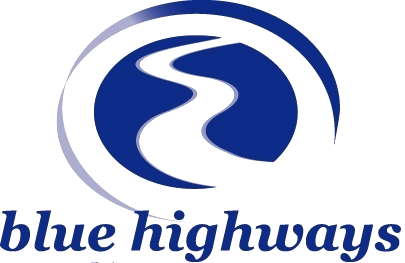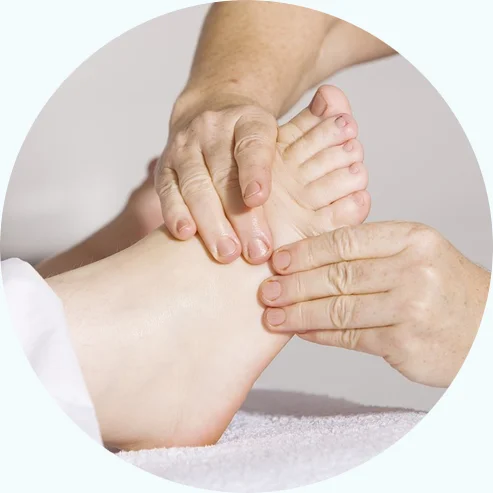Massage Techniques
Massage effectively relaxes muscles, increases circulation and improves joint mobility using light and deep tissue techniques. There are many styles and variations of massage. When you make your appointment, let us know why you are seeking treatment. We will be happy to recommend different types of treatment, and talk to you about the reasons for our recommendation.
Please note that various techniques listed here will be used in Registered Massage Therapy (RMT) based on the client's needs. If you would like a RMT who can provide you with a receipt for medical insurance benefits please refer to our registered therapy page here.
Swedish Massage
Swedish massage is a technique based on physiology where each stroke produces either a reflexive (indirect) or mechanical (direct) change in the body. predominately uses an oil to provide a medium slip between the therapist’s hands and the area of the body that they are contacting. The therapist will apply the oil to the body using long flowing stokes, a technique called effleurage that is generally very relaxing. The primary goal of this type of massage is to relax all the major areas of the body by using a variation of soft tissue techniques such as kneading, rolling and gently shaking or tapping the muscle.
Deep Tissue Massage
Deep Tissue Massage is a specific technique and is directed towards the muscle or connective tissue that has been injured or otherwise compromised. It can include stripping or tissue rolling to separate muscles, cross-fibre friction to realign tissue fibres and concentrated compression to release chronic holding and tension.
Shiatsu
Registered Shiatsu Therapists use deep, but gentle, thumb and palm pressure on acupuncture points and meridians to release deep muscular tension and calm the nervous system. As no oil is used, clients have a choice to leave on light clothing or undress and be covered by a sheet. Shiatsu is ideally suited to clients who are suffering with chronic muscular conditions, chronic stress or who enjoy a deeper treatment than massage without the oil.
Reflexology
Reflexology is a Chinese Therapy using thumb pressure to stimulate the zones on the feet, relieving tension and restoring balance to body systems. Reflexology is ideally suited to clients who wish to remain clothed and who are not comfortable with a full body massage treatment.
The Difference Between Therapeutic Western & Eastern Style Massage
Therapists learn many different variations of massage techniques that they will combine together in sequences to achieve a common outcome. or a routine in order
Theoretically, what Eastern or "Asian" massages generally have in common is the belief that they work on invisible "energy lines", referred to as meridians, sen lines, marma points, tsubo points.
The mechanics of our amazing nervous system could be that key energy lines are actually lines of nerves and nerve branches.
The treatment approach is to release or remove "energy blockages" within these ‘energy lines’ to bring the body back into balance (homeostasis).





